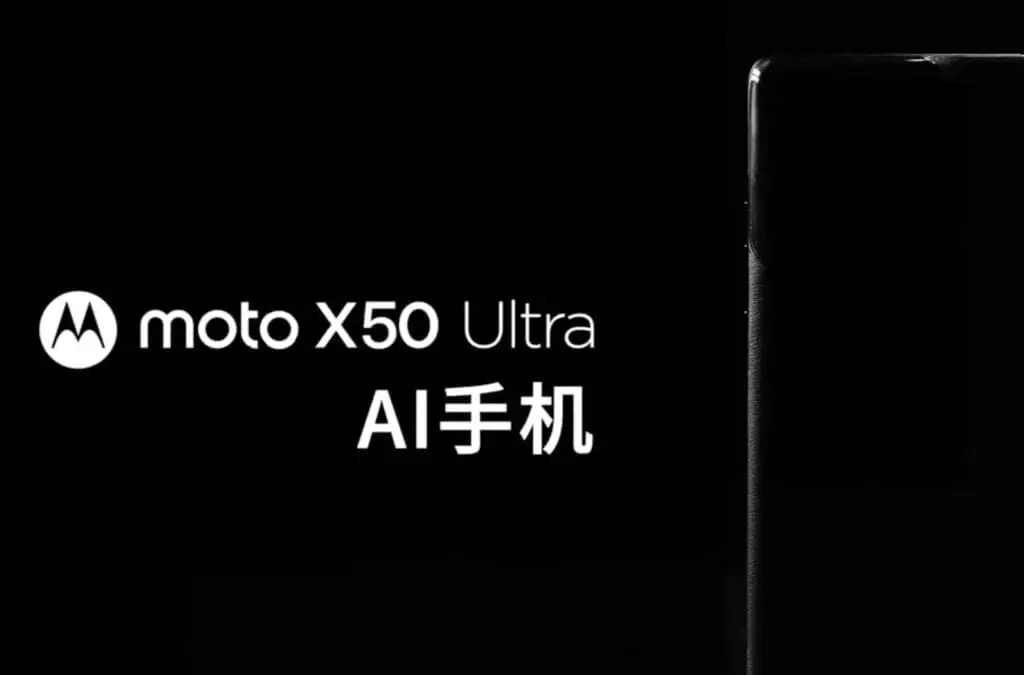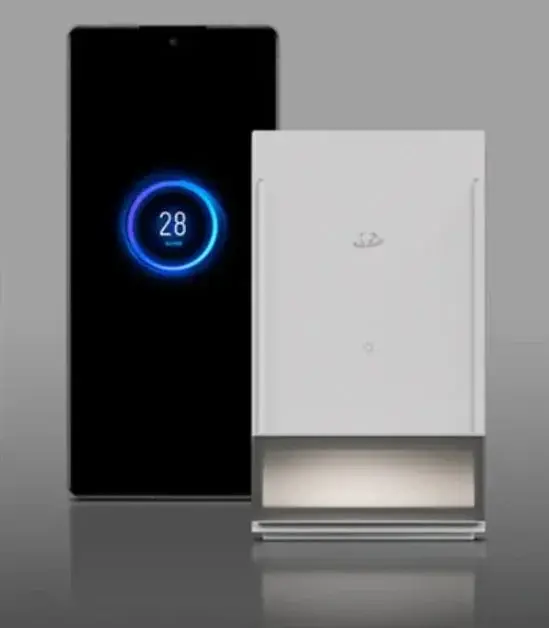The Xiaomi Civi 4, an upcoming release from the tech giant Xiaomi, has been generating buzz for the past few months. Initially, there were speculations that it would be powered by a MediaTek chip, followed by rumors of a Snapdragon 7 series chipset. However, the latest leak suggests that the device will come equipped with a Snapdragon 8 series SoC.
Key Features Unveiled
A recent leak has surfaced, shedding light on the key features of the Xiaomi Civi 4. According to Digital Chat Station, the smartphone will be driven by a Qualcomm SM8635 mobile platform. While specific details about this Snapdragon 8 series chip remain scarce, it is expected to be utilized in multiple phones across various brands.
Moreover, the leak indicates that the Xiaomi Civi 4 will boast a visually appealing 1.5K flat display. The display will be shielded by a 2.7D micro curved glass, similar to the design seen in the Xiaomi 14 series.
Camera and Design Highlights
One of the standout features of the Xiaomi Civi 4 will be its Leica co-branded cameras, featuring a primary 50MP sensor. Notably, this marks the first instance where a non-Xiaomi series device will showcase Leica branding. The phone will also sport a premium build with a metal frame, glass back, and a large battery capacity exceeding 5,000mAh. Additionally, it is expected to support rapid 100W charging, potentially even 120W.
A Departure from the Norm
In comparison to its predecessors, the Xiaomi Civi 4 will offer a distinctive set of features. Previous models typically included curved displays, dual front cameras, and mid-range processors. This upcoming release appears to be a departure from the traditional Xiaomi design and functionality.
With a projected launch in May, tech enthusiasts are eagerly anticipating more details about the Xiaomi Civi 4 in the weeks ahead. Stay tuned for updates on this exciting new addition to Xiaomi's product lineup.












